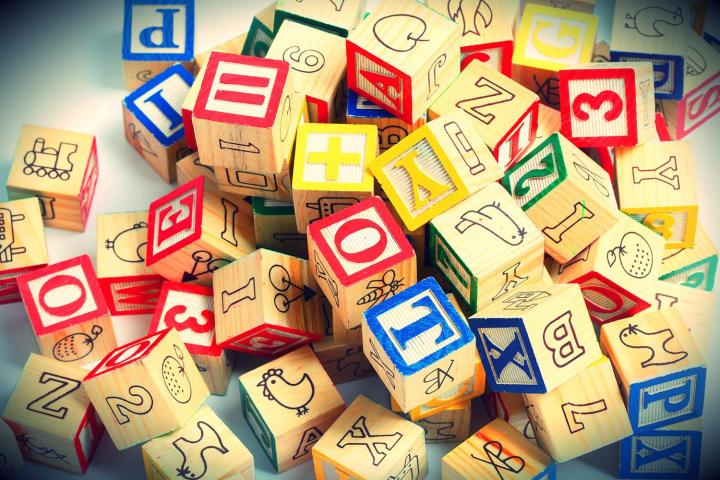
Google’s reasoning seems to be that its projects have become too diverse and scattered to keep under the name Google. To allow the companies to grow and blossom, Google decided to split its ventures up into different companies under Alphabet.
In response to the question, “What is Alphabet?” Page responded in a blog post that “Alphabet is mostly a collection of companies. The largest of which, of course, is Google. This newer Google is a bit slimmed down, with the companies that are pretty far afield of our main Internet products contained in Alphabet instead.” Page also said that the new divisions should make the company “cleaner and more accountable.”
Alphabet’s companies will include the following companies, but is not limited to those listed, based on an SEC filing:
- Google Inc.
- Calico
- Google Ventures
- Google Capital
- Google X
- Nest
- Fiber
The company Google, which will be run by Pichai, will include search, ads, maps, apps, YouTube, and Android, as well as the basic infrastructure of those programs. Seeing as the bulk of Google’s revenue comes from these sources, it seems as though Pichai is in charge of the most vital and powerful part of the Alphabet.
Google aims to give its side projects more room to grow with the restructuring of its company, and hopes that the divisions will inspire each part of the company to thrive without interference. A lot remains to be seen and explained about Google’s new structure, and it’s stock has yet to shift by much — it merely fell 1 percent, Bloomberg reports.
And now, to answer the most pertinent question of all: Why the name Alphabet?
“We liked the name Alphabet because it means a collection of letters that represent language, one of humanity’s most important innovations, and is the core of how we index with Google search!” Page explained. “We also like that it means alpha-bet (Alpha is investment return above benchmark), which we strive for! I should add that we are not intending for this to be a big consumer brand with related products–the whole point is that Alphabet companies should have independence and develop their own brands.”
Editors' Recommendations
- Google has a magical new way for you to control your Android phone
- Google just announced 10 huge updates for your Android phone
- Everything announced at Google I/O 2024
- Google’s holographic ‘magic window’ video calls are becoming a reality
- Google has a chance to take on the Quest and Vision Pro in a big way